Rajarani temple is believed to have been known originally as Indreswara. It is locally known as a “love temple” because of the erotic carvings of women and couples in the temple.
Shrine’s History
Based on the sculptural architectural style, the temple is dated to the mid-11th century. Brown groups the temple along with Anant Vasudev Temple and places it around the 11th?12th centuries. Another survey of Orissa temples carried out by S. K. Saraswati in 1953 yielded a similar date. Panigrahi, who did a comprehensive analysis of Orissan temples, gives an unspecified date between Lingaraj Temple and Mukteswara Temple. Fergusson believes construction of the temple was begun by around 1105.
George Michell believes the temple was built during the same time as Lingaraja Temple. Rajarani Temple roughly belongs to the same period as the Jagannath Temple at Puri. The architecture of other temples in central India originated from the temple. The notable ones in the category are the Khajuraho temples and Totesvara Mahadeo temple in Kadawa. Scholars believe based on the style that the temple might have been built by Somavamsi kings who migrated from Central Indis to Orissa during the period. Rajarani temple is maintained by the Archaeological Survey of India (ASI) as a ticketed monument
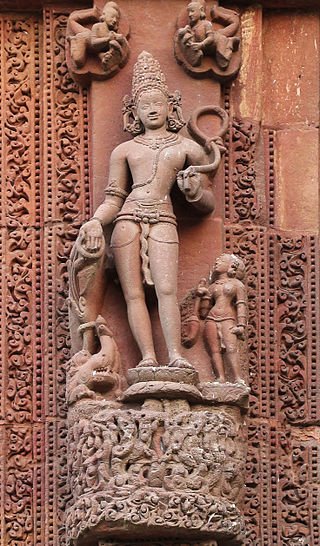
Architectural Relevance of This Shrine
The Orissan temples have two parts namely the sanctum and the other is a place from where pilgrims view the sanctum .The initial deul temples were without the jagamohana as seen in some of the older temples in Bhubaneswar while the later temples had two additional structures namely nata-mandapa (festival hall) and bhoga-mandapa (hall of offerings). The vimana is square in plan, and the walls are variegated by ressaults[clarification needed] . Amalaka , a stone disk with ridges on the rim, is placed over the bada (tower) of the temple. Rajarani Temple stands on a raised platform. The temple was constructed of dull red and yellow sandstone locally called “Rajarani” The sculptures have a depth that was lacking in the Mukteswara Temple sculptures. The slightly projecting entrance is flanked by round thick columns entwined by naga on the left. Guardians of the eight directions project from the base of the temple in the eight directions, starting from the gateway in a clockwise direction around the porch and the deul, ending at the torana (entrance).
The other noted sculptures are naga-nagi sthambha, saiva dwarapalas on the entrance doorjambs, and lakulisa on the lintel of the entrance, above which is the architrave of Navagrahas. The best-preserved sculptures of the temple are the standing astadikpalas on the central façade of kanika, appearing on the jangha portion of the bada clad in diaphanous drapery. The image of Varuna is intact and notable for its body ornamentation, coiffure and facial expression. Scenes of the marriage of Shiva, Nataraja, and Parvati are the cult images present in the temple. There are tall, slender, sophisticated nayikas gracing the walls of the sanctum depicted in various roles and moods in amorous dalliance with actions such as turning her head from an emaciated ascetic, fondling her child, holding a branch of tree, attending to her toilet, looking into mirror, taking off her ankles, caressing her pet bird and playing instrument. There are also erotic figures carved in high relief on the projecting portions of the uparajangha. The other decorative motifs are carved in the shape of vyala, jagrata and gajakranta. The scroll motifs are of foliage, creepers and vines vanalata), each containing lush foliage independent of any stalk or vine.
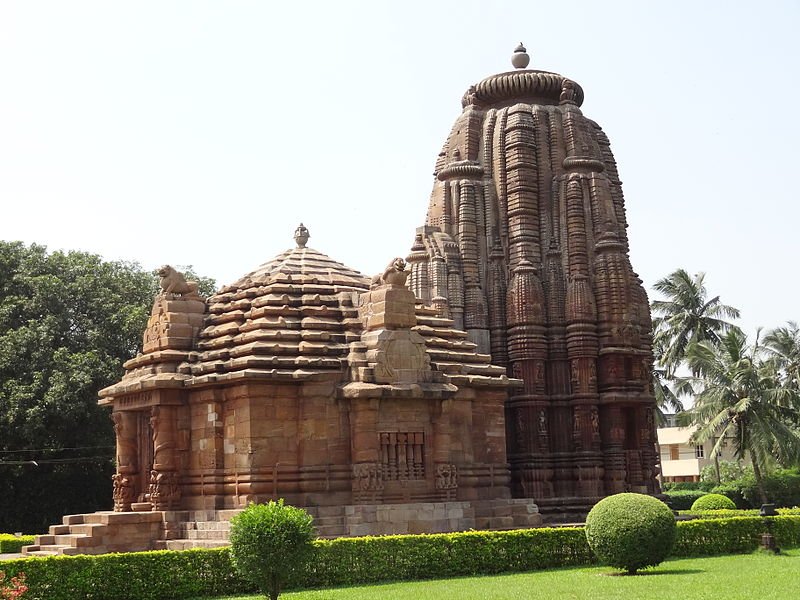
Shrine’s Map Location and How to Go There
By Road
The best way to get from Bhubaneswar to Puri is on one of the Canter minibuses that leave from the old bus station in the center of town and even there are buses available from the new bus stand. There is a direct bus to Konark too. One can also travel from Puri buses to Pipli and from there get another bus to Konark.
By Rail
The city of Bhubaneswar is on the main Kolkata to Chennai line so all the main trains stop here. The Howrah-Bangalore Rail and Guwahati-Bangalore go to Bangalore. The Coromandel Express is also the good to train going to Chennai. And even there are direct trains to Delhi, Agra, Remuna, and Varanasi. The Rajdhani Express here departs from Delhi one day a week on Friday to Bhubaneswar. The Puri-New Delhi Express is a good train to Delhi.
By Air
There are regular Indian Airlines flights moving to Hyderabad, Nagpur, Kolkata, Delhi, Varanasi, Mumbai and Chennai. The airport here is very close to town.
Shrine Timings
8:00 am to 5:00 pm (All days of the week)
Events Celebrated at This Shrine
Shivratri
Extra Information About this Shrine
Nearby places to visit: Lingaraj Temple (2 km.) and Mukteshwar Temple (7 km.)

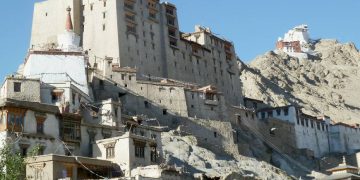

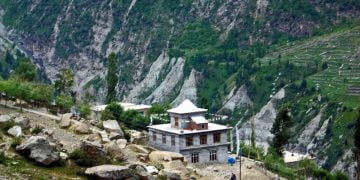
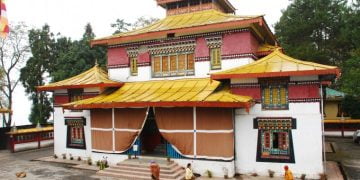

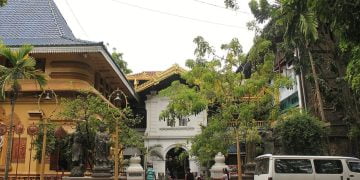
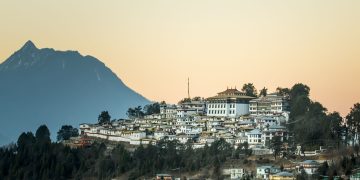
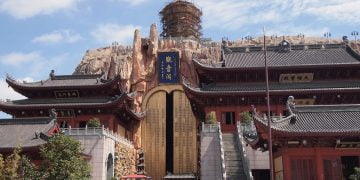
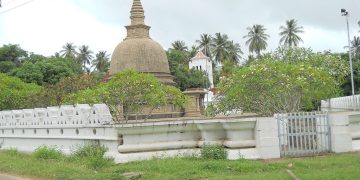
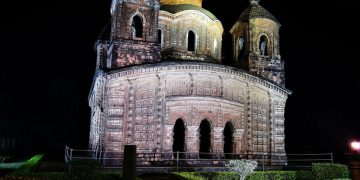
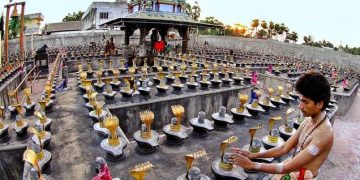

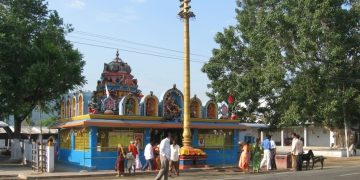
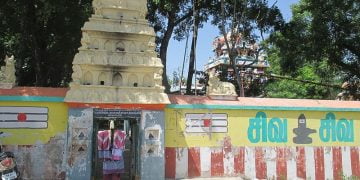
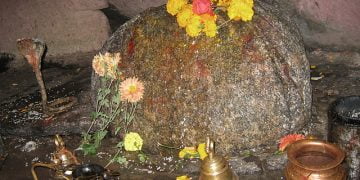
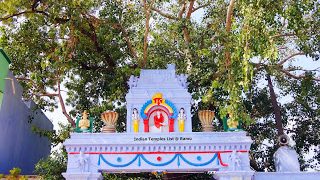
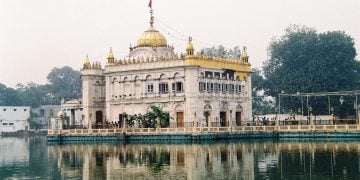
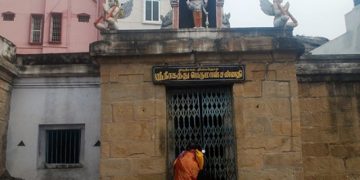
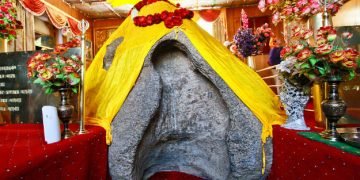
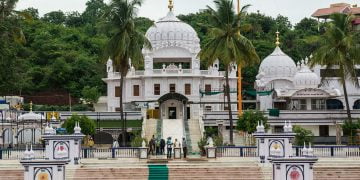

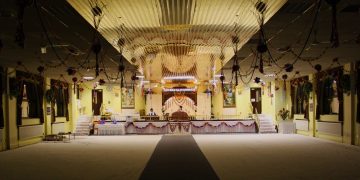
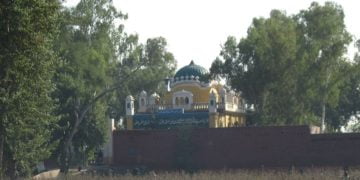
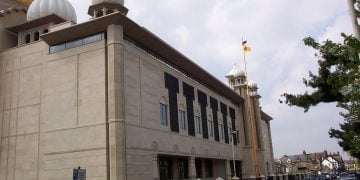
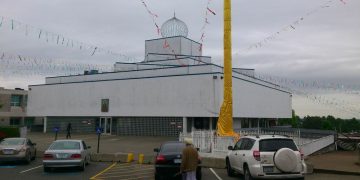
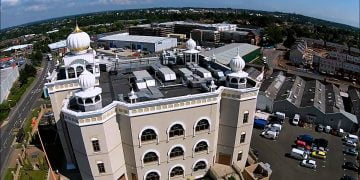
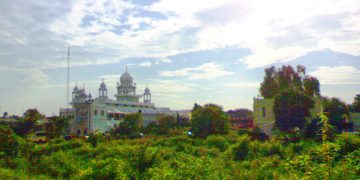
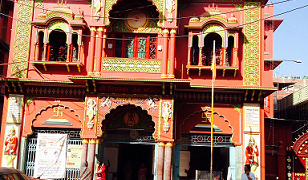
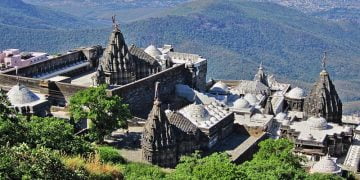
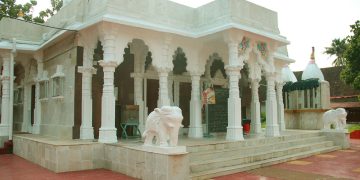
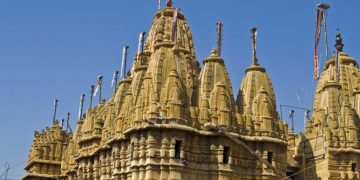
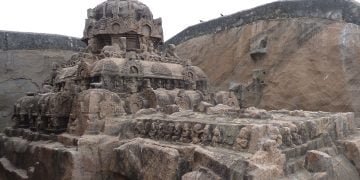
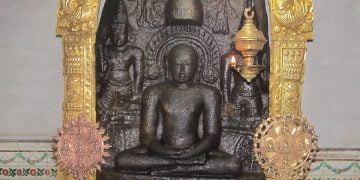
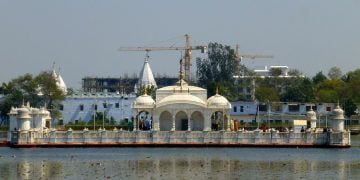

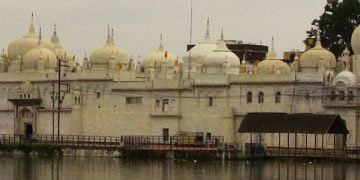



Discussion about this post